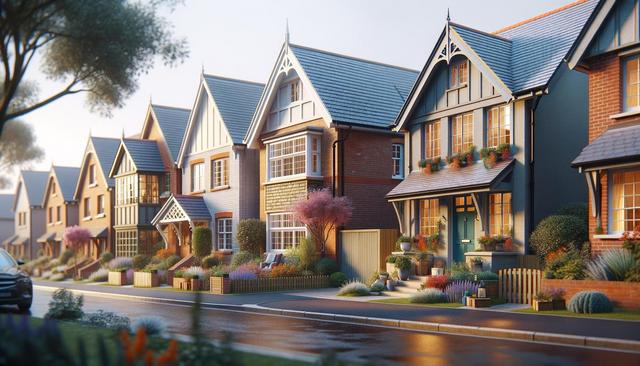Understanding Bank-Owned Homes
Bank-owned homes, also known as real estate owned (REO) properties, are houses that have gone through foreclosure and are now owned by a bank or lender. These homes can offer unique advantages for buyers, including competitive pricing and the potential to secure a property in a desirable location. When a home fails to sell at a foreclosure auction, it reverts to the bank, which then lists it for sale, often at a price intended to recover the remaining loan balance. These properties span a wide variety of styles and sizes, from compact 1-bedroom homes to spacious 4-bedroom residences, making them a flexible option for many types of buyers.
One of the key benefits of purchasing a bank-owned home is the potential for value. Since banks are typically motivated to sell quickly, buyers may find opportunities to enter the housing market at a more accessible price point. However, it’s important to be aware of the condition of these properties, as they are often sold as-is. Conducting a thorough inspection and working with professionals experienced in REO transactions can help ensure a smoother process and better understanding of what to expect.
Locating the Right Property for Your Needs
Finding the right bank-owned home starts with understanding your individual housing needs. Whether you’re a first-time buyer, a growing family, or someone looking to downsize, these properties offer a variety of options across different price ranges and locations. The selection includes:
- 1-bedroom homes ideal for singles or couples
- 2-bedroom properties that provide a bit more room for guests or home offices
- 3-bedroom houses suited for small families
- 4-bedroom homes offering ample space for larger households
To begin your search, explore online databases dedicated to REO listings. These platforms often allow you to filter by location, number of bedrooms, price range, and other criteria. Real estate professionals who specialize in foreclosures can also be valuable resources, offering insights into the local market and helping you navigate the purchase process effectively.
Evaluating Property Condition and Potential
One of the most critical steps in purchasing a bank-owned home is evaluating its condition. Since these homes may have been vacant for extended periods or not well-maintained prior to foreclosure, buyers should approach the process with due diligence. Hiring a certified home inspector is essential to uncover any hidden issues, from structural concerns to outdated systems that may need replacement.
While some bank-owned homes may require renovations, this can also present an opportunity to customize the property to your taste. In many cases, minor updates and repairs can significantly enhance the value of the home. Key factors to consider when evaluating a bank-owned home include:
- Overall structural integrity
- Condition of plumbing, electrical, and HVAC systems
- Roof and foundation status
- Evidence of mold or water damage
- Neighborhood safety and amenities
Being prepared for potential renovation costs and factoring them into your budget will help you make a more informed decision and avoid surprises after purchase.
Financing and Making an Offer
Financing a bank-owned home follows similar steps to traditional home buying, but there are some unique considerations. Since these properties are being sold by banks, the process may be more streamlined in some cases, but it’s still essential to be pre-approved for a mortgage before making an offer. This shows the bank that you’re a serious buyer and can expedite negotiations.
When making an offer on a bank-owned home, it’s important to research comparable sales in the area to ensure your bid is competitive. While banks are motivated to sell, they also aim to recover as much of the unpaid mortgage balance as possible. Offers that are too low may be rejected outright, while well-reasoned proposals backed by data are more likely to be considered. Additionally, be prepared for a potentially longer closing process, as banks may require more time to review and approve documentation.
Tips for a Successful Purchase
Buying a bank-owned home can be a rewarding experience when approached with the right strategy. To increase your chances of success, consider the following tips:
- Work with a real estate agent experienced in REO transactions
- Have a home inspection contingency in your offer
- Budget for repairs and upgrades
- Understand local market conditions and trends
- Be patient and flexible with timelines
It’s also wise to have a legal advisor review your contract to ensure that all terms and conditions are fair and transparent. Since every bank-owned property is unique, remain adaptable and open to different possibilities as you search for the right fit. With careful planning, bank-owned homes can offer real value and the opportunity to invest in a property that meets your current and future needs.
Conclusion: Finding Your Ideal Home
Bank-owned homes present a practical and often more affordable path to homeownership, especially for those willing to invest time in research and preparation. Whether you are searching for a cozy 1-bedroom retreat or a spacious 4-bedroom family home, the variety of available properties ensures there is something to match your lifestyle and budget. By understanding how the process works and taking necessary precautions, prospective buyers can unlock the potential of these properties and find a place that truly feels like home.








